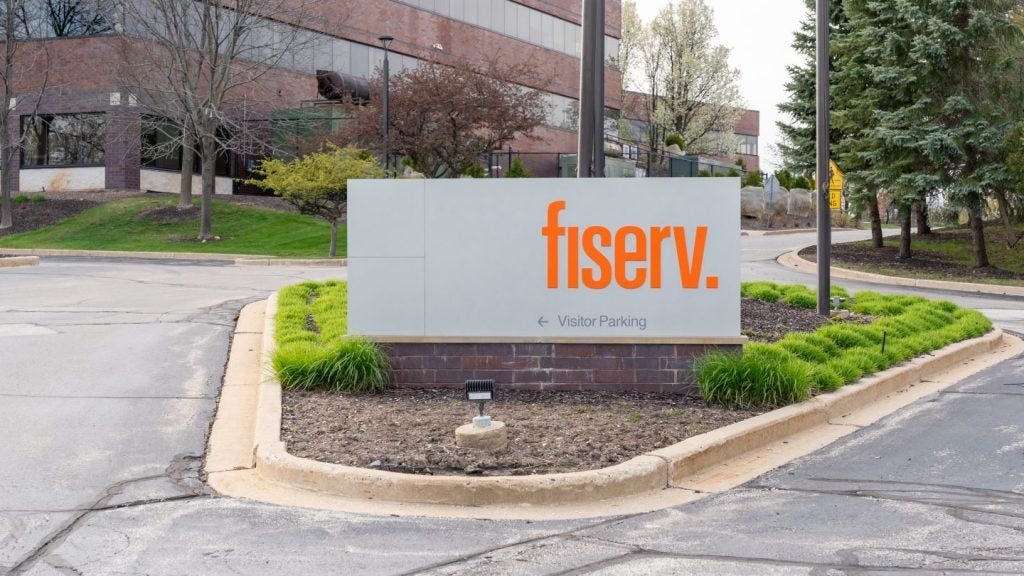becoming a major payments channel in the US the challenge is to
ensure interoperability between all participants. No easy task
given the proliferation of technology models but one the Financial
Services Technology Consortium is tackling. Charles Davis
reports.
Financial Services Technology Consortium (FSTC), an association of
US financial services and technology companies and academic
institutions, and the US Clearing House Payments Company (CHPC)
have launched an initiative to work through the dizzying array of
technology models supporting mobile payments in an effort to make
recommendations on how to construct an interoperable mobile
payments infrastructure.
banks, wireless carriers and technology vendors in a conversation
about best practices that could lead to a set of working standards
for mobile payments interoperability. The initiative is sponsored
by The Federal Reserve Bank of Boston and CHPC as well as industry
bodies the American Bankers Association, BITS Financial Services
Roundtable, National Automated Clearing House Association and
PaymentsNation.
participate – ABN Amro Holding, NV’s LaSalle Bank Corp, Bank of
America, BB&T Corp, Citigroup, Comerica, HSBC, KeyCorp,
JPMorgan Chase, National City Corp., PNC Financial Services Group,
US Bancorp, Wachovia and Wells Fargo.
areas: mobile proximity payments, which are payments made at
attended or unattended POS terminals using near field
communications (NFC) or other contactless technologies, and mobile
person-to-person (P2P) payments, involving movement of funds from
one individual or account to another.
Testing mobile devices
Numerous issuers, card companies and vendors are testing mobile
devices for banking and payment-related functions. The contenders
offer a wide variety of alternatives – some based on text
messaging, others using mobile internet Web browsers and others
employing downloaded applications or embedded radio-frequency
identification chips.
see where there are common practices and differences,” FSTC
managing executive of payments Jim Pitts told EPI. “We will use our
findings to develop an interoperable model for all mobile payments
participants.”
been hampered by the patchwork of technologies and payments
protocols developed by dozens of different payments processors and
wireless carriers in piecemeal fashion. Interoperability is
essential to realise the promise of mobile payments, which is the
ability to make a payment from any bank, on any mobile phone, using
any carrier.
technology standard for interoperability by the end of 2008.
manufacturers are involved in pilots or early roll-outs, which
provides a rich source of information,” said Pitts. “However, at
some point, the systems will have to work well together for mobile
payments to succeed as a major payments channel.”
Digital-Thinking, added. “This initiative will play an important
role in identifying and documenting the technology that will enable
banks to meet growing customer demand for mobile payments.
have created significant benefits for consumers, commerce and the
national economy.”
vendors in the same room at the same time is a major step forward,
and an important first step toward perhaps finding some consensus
on the issue. The goal, FSTC says, is to establish common ground
and standards that would allow the emergence of the long-awaited
mobile wallet.
Banks, not surprisingly, want to process payments without the
intervention of the wireless carrier. Carriers, on the other hand,
have a keen interest in maintaining control of the screen interface
and user billing. Issuers see the whole process as a means to
interchange revenue necessary to defend the investment in
contactless investments.
landscape of the current models in the US and abroad, with emphasis
on far more advanced models in Europe and Asia.
near-field communications activity is still at the pilot test
stage. The highest-profile to date is the 2006 pilot in Atlanta by
Visa, Cingular and JPMorgan Chase, which used NFC technology to
allow sports fans to pay for food and souvenirs at sporting events
through their cell phones.
running an in-house pilot using phone-based contactless payments at
merchant locations equipped with MasterCard PayPass
terminals.
Bringing carriers on board
The FSTC’s leadership on the issue could bring many more
institutions out of the wait-and-see mode, and more importantly,
bring the carriers on board for a mobile P2P application long
needed for banks to counter the growing importance of alternative
payments providers.

US Tariffs are shifting - will you react or anticipate?
Don’t let policy changes catch you off guard. Stay proactive with real-time data and expert analysis.
By GlobalDatareally, underlining the FSTC’s efforts – is whether the financial
industry would be better served moving as a block rather than as a
mix of entrepreneurial efforts.
for a unified standard for mobile payments has passed the industry
by, but FSTC believes that the opposite is true – that the industry
is only now arriving at a moment where standards can help move the
mobile wallet one step closer to reality.
development of debit networks, which began as closed proprietary
ATM systems within individual banking companies but grew in
popularity only after the networks were connected.
legal vagary currently plaguing the payments industry, such as the
series of lawsuits filed by DataTreasury Corp, a small Texas
processor, over copyright claims. DataTreasury claims broad
intellectual property rights over the process of creating and
storing digital cheque images, but those patents are being
challenged.






